The goal of this book is to expose the reader to the indispensable role that mathematics plays in modern physics. Starting with the notion of vector spaces, the first half of the book develops topics as diverse as algebras, classical orthogonal polynomials, Fourier analysis, complex analysis, differential and integral equations, operator theory, and multi-dimensional Green’s functions. The second half of the book introduces groups, manifolds, Lie groups and their representations, Clifford algebras and their representations, and fibre bundles and their applications to differential geometry and gauge theories.
This second edition is a substantial revision with a complete rewriting of many chapters and the addition of new ones, including chapters on algebras, representation of Clifford algebras, fibre bundles, and gauge theories. The spirit of the first edition, namely the balance between rigour and physical application, has been maintained, as is the abundance of historical notes and worked out examples that demonstrate the “unreasonable effectiveness of mathematics” in modern physics.

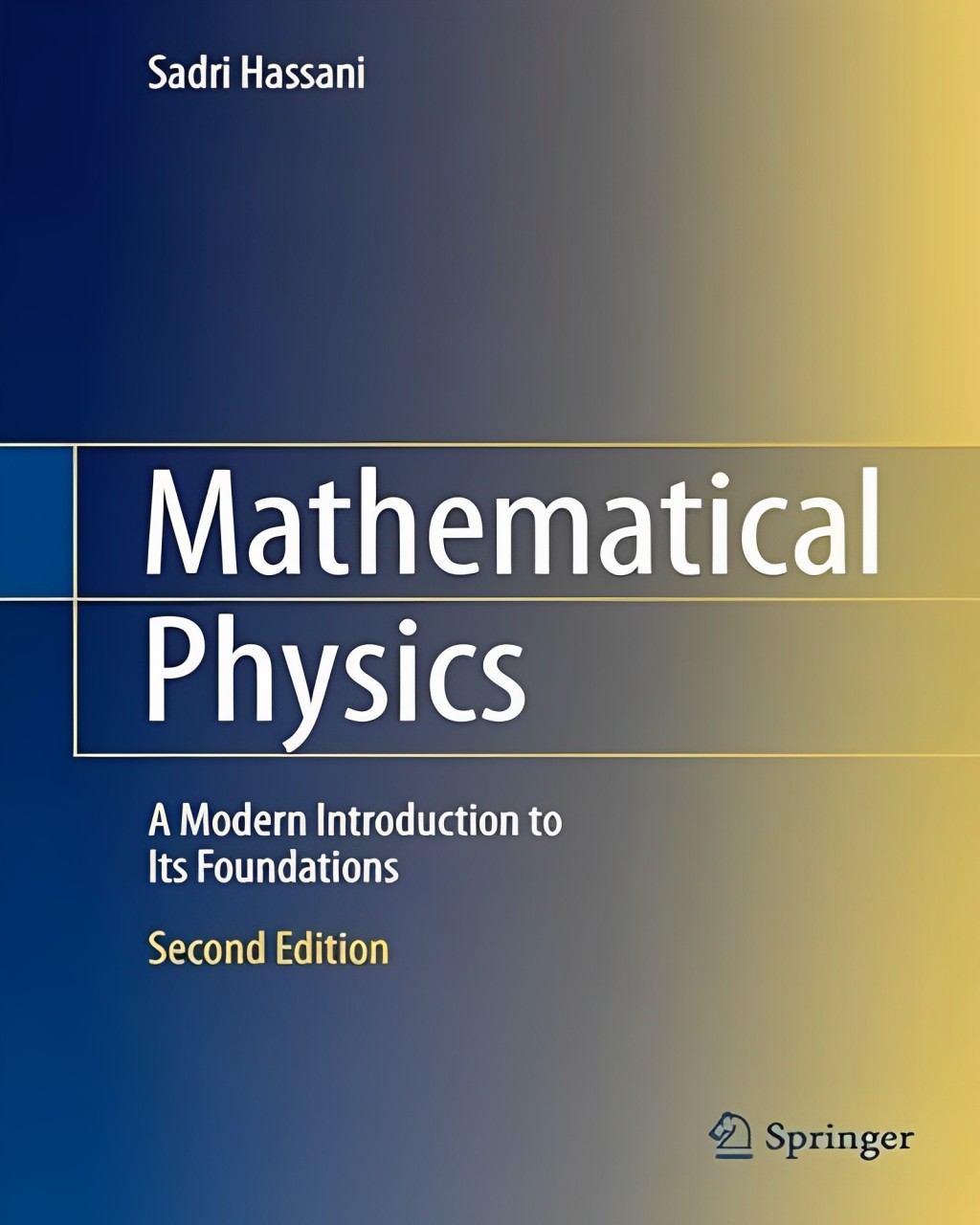

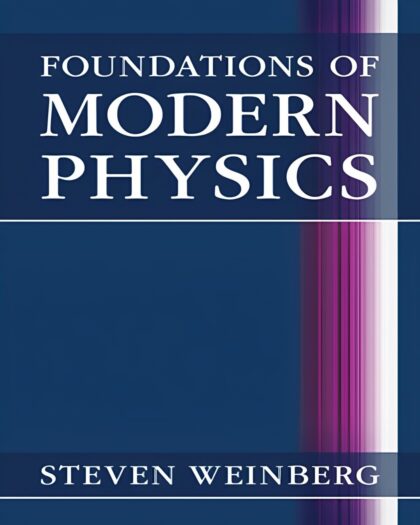
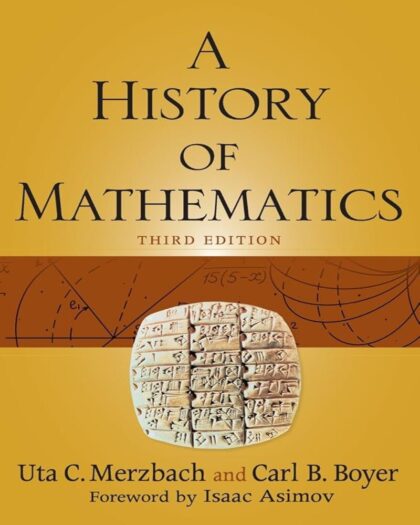
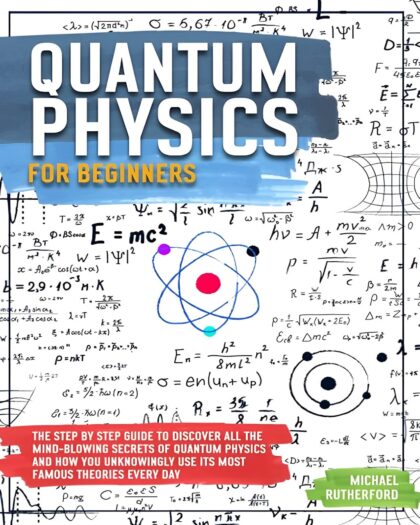
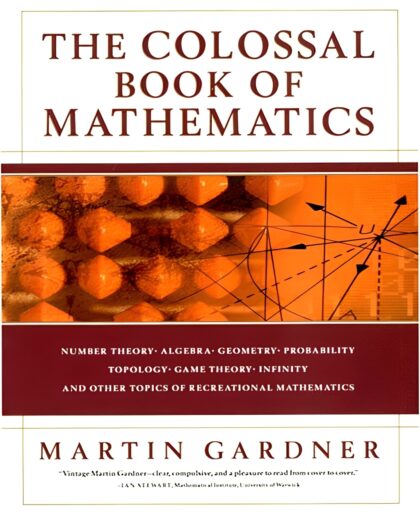
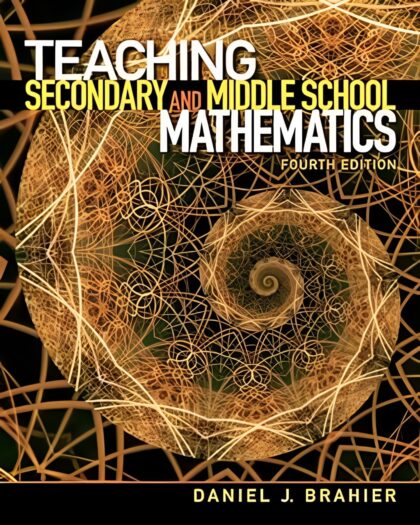
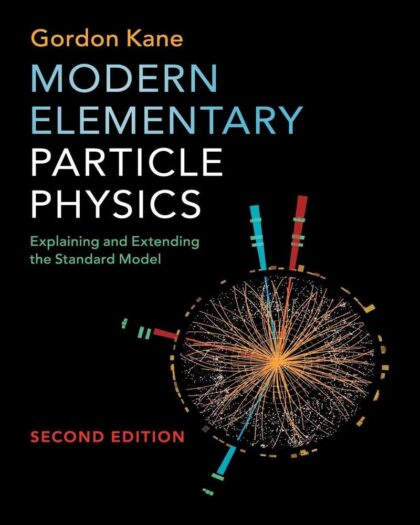



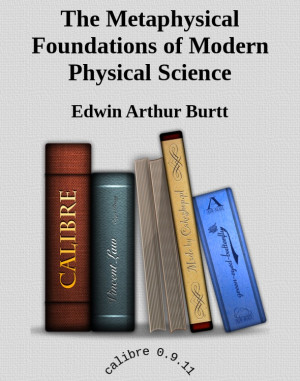
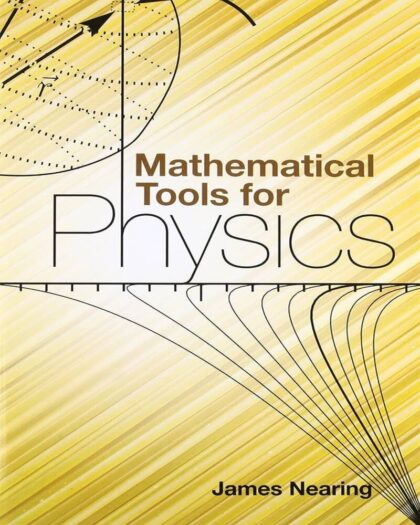
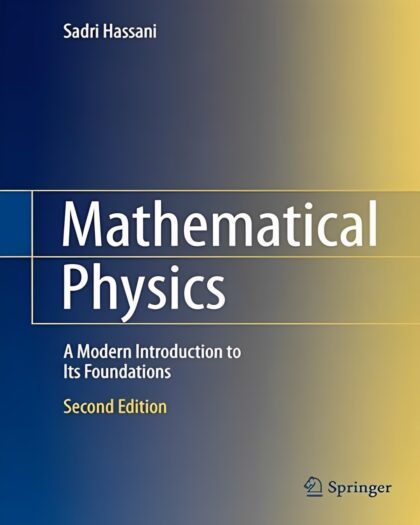
However id not recommend for anyone looking to learn and struggle. In my opinion this is best as a text to refer to and think more about various subjects.
Starting with finite-dimensional vector spaces (ending all the way over in the Polar Decomposition, meaning this is very nearly a self-enclosed course in applied Linear Algebra including operator theory!), the book then addresses infinite-dimensional vector spaces like Hilbert Spaces, orthogonal polynomials and everyone's favorite Fourier approximation methods. The third subect continues the earlier volume's Complex Analysis work, ending in advanced topics like the all-important meromorphic functions, but reviewing a bit more from the earlier volume with other topics like the Cauchy integral (while adding critical methods like the Principal Value, as well).
After continuing the Differential Equations sections from the earlier volume, capping off with a treatment of Sturm-Liouville, the volume continues with group and Lie theory before moving on to the section I've gone in depth on the most - tensors and differential geometry. This is a well-done section respectful of the mathematics behind the treatment. Gauges and Calculus of Variations are also included here. Although Hassani is an admitted "diffy-phile," I think this part - from Group/Lie to Riemannian/Gauge - is the best part of this amazing tome. This will give me years of learning and re-learning.
If you are a mathematical physicist or are interested in it as a possible area of exploration as a critical link between these two regal disciplines, buy this book, and buy its prequel, Mathematcal Methods for Students of Physics. These combine to form two thousand pages of a classic in the making for this field.
The only critique - apart from occasional grammar and other typos bespotting Springer publications lately - is a heavier preference for mathematcial notation over the home team notation for physics. I suppose I could also throw in a weakness with Probability and Statistics - which is only really covered briefly at the end of the preceding volume. These are nothing to the value the book gives, however. Get both in this set!
Depth. This book is pretty thick (3", actually). There are 37 chapters grouped into 10 parts: Finite Vector Spaces, Infinite Vector Spaces, Complex Analysis, Differential Equations, Operators, Green's Functions, Groups/Representations, Lie Groups, and Fiber Bundles. Hassani actually renders quite a few of my other books unnecessary.
Clarity. Concepts are explained clearly and the author really tries to help you understand the abstract concepts that are presented within. Take, for instance, the section on group actions. Following five definitions thrown at you in a single paragraph, you are presented with Remark 23.3.1:
"... If you think of G_m [the stabilizer of m] as those elements of G that are confined to (stuck, or imprisoned at) m, then a "free" action of G does not allow any point of M to imprison any subset of G. ..."
Referencability. Typically textbooks have to make tradeoffs between being good learning material and being a good reference. Hassani I would say does both well. While being very clear and readable, the book is also arranged very nicely for anyone looking for a reference textbook. Important definitions and theorems are boxed and key points are summarized in the margins.
In addition, each section contains historical notes about various mathematicians and physicists that are quite interesting to read. I do still have a couple of small complaints, though. The first is the size of the book. The thickness of the pages renders the book very large which makes it difficult to transport and to read on the bus. Given the range of topics covered, I would prefer the book be split into multiple volumes. Secondly, though I did mention clarity as a strength of this book, this does vary somewhat from chapter to chapter and some topics (the geometry chapters in particular, Clifford algebras especially) seem to be following a define-first-motivate-later approach.
Nach dem üblichen Grundcurriculum in theoretischer Physik gibt es auch fortgeschrittene Theorie-Vorlesungen, für die weitergehende Methoden benötigt werden. In der theoretischen Physik im Rahmen einer Promotion sowieso. Als Anwender der Mathematik ist es sinnvoll, ein systematisches Grundverständnis für die mathematische Theorie zu haben und genau das leistet Hassani's Mathematical Physics in meinen Augen. Dazu tragen auch die vielen (nicht immer ganz trivialen) Übungsaufgaben bei, die für ein anwendungsorientes Verständnis hilfreich sind. [Anm.: Ich kann nur über den Differentialgeometrie und Green's Funktionen Part genauer berichten, aber diese Aufgaben waren eigentlich durch die Bank weg gut bearbeitbar und auch der Zusammenhang zum Lehrtext war ersichtlich.]
Es ist ersichtlich, dass der Autor des Buches einen großen Schwerpunkt auf die Theorie und Anwendung der Green'schen Funktionen legt - Dreh- und Angelpunkt der Exposition sind die (gewöhnlich und partiell) Differentialgleichungen, wie sie in der theoretischen Physik gerne vorkommen. Die mit den Differentialgleichungen assoziierbaren Integralgleichungen werden ebenfalls in einführender Manier behandelt, wobei eine detailliertere Diskussion des DuHamel'schen Prinzips für lineare Differentialgleichungen wünschenswert gewesen wäre. Differenzengleichungen und speziellere Themen wie Delay-Differentialgleichungen finden leider wenig Eingang.
Sehr gut gefallen, und auch in Teilen in Tutorien zum Einsatz gekommen, hat mir die Darstellung zur Konstruktion eichinvarianter Lagrange-Dichten, der Groschen ist auf diese Weise bei vielen Teilnehmern gefallen.
Wer mehr Wert auf die mathematische Terminologie legt, ist mit Texten der reinen Mathematiker deutlich besser beraten oder Thirring.